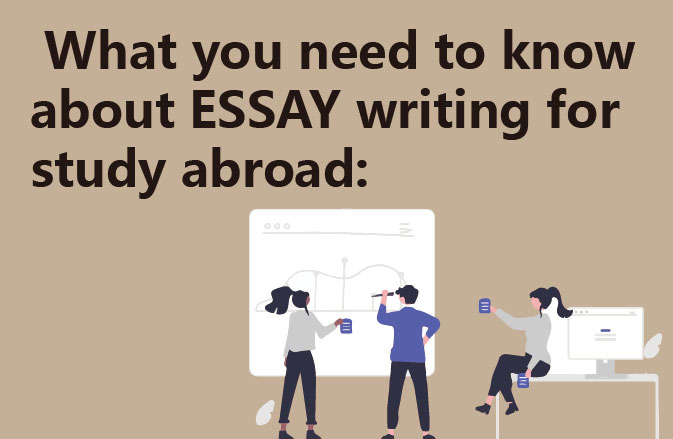A few key points of ESSAY:
1. No delay:
You have to leave enough time for writing ESSAY, don’t delay just because your thoughts are stuck. Procrastination is absolutely unacceptable!
2. Read the questions carefully:
Research the topic, understand the requirements, find the key words, make sure the essay contains all the key information, and can’t run out of the topic or omit it.
3. arrange the chapter structure:
ESSAY usually has three parts: introduction, main body and conclusion, while a report has sections such as abstract, introduction, methods, results, discussion and conclusion.
4. Organise references:
Establish the main idea and sub-thesis of the article first, then start looking for relevant literature, and take notes while reading to make it easier to write later. At the same time, the reading materials recommended by the professor must also be studied and researched to help you determine the direction of writing.
5. Pay attention to the word limit:
ESSAY’s word count requirement has to be followed, and points will be deducted for the part that exceeds it.
6. Pay attention to personification:
Because ESSAY is an academic paper, try to use objective statements such as “has been done…” and avoid subjective expressions. Avoid subjective expressions.
7. Plagiarism is strictly prohibited:
Remember that plagiarism is severely punished internationally. So, don’t plagiarise other people’s work. If you are going to quote, be sure to cite the source.
How exactly to write ESSAY:
Main Body (Main Body):
Mainly write arguments that support the theme of the essay. Begin each paragraph with a topic sentence, then present the evidence with examples, data analysis, citations, etc. and explain its impact on the overall argument. Finally, summarise the main points of the paragraph and reiterate the topic sentence, don’t introduce new ideas or topics.
Conclusion section (Conclusion):
Primarily summarise the core ideas of the paper. Don’t blow your own argument or introduce new propositions. For example, “The mobile phone is the most important invention of the last thirty years” could be written as “The mobile phone has undoubtedly become one of the key inventions in the history of mankind, benefiting from the ability to communicate globally and to access information easily”.
Literature Review:
It is not simply copying and pasting, but rather incorporating other people’s research results into your own ideas, and writing in a way that reflects your own thinking and insights. Without your own new elements, it may be considered academic misconduct.
Introduction:
When writing a literature review, some students may feel that the transition from the background introduction to the research question is not clear enough. In fact, you should explain why you chose to study the problem in this context. In addition, you can use transitional statements to make the background transition more natural.
Methodology section (Methodology):
Research Philosophy is the concept of studying the nature of things; Research Approach is the overall framework of the research; Qualitative and Quantitative Analysis are two completely different methods; case comparison is emphasised when qualitative is the main focus, while quantitative focuses on data statistics.
Research Realisation (Findings & Discussion):
Regardless of which research method is used, especially quantitative analysis, it is important not to just show the surface of the data. In particular, it is important to understand and master the appropriate statistical and mathematical tools, such as SPSS and so on. Moreover, one cannot just present certain types of data; one must know and understand the statistical and mathematical research tools in order to deeply analyse the meaning behind the data.




